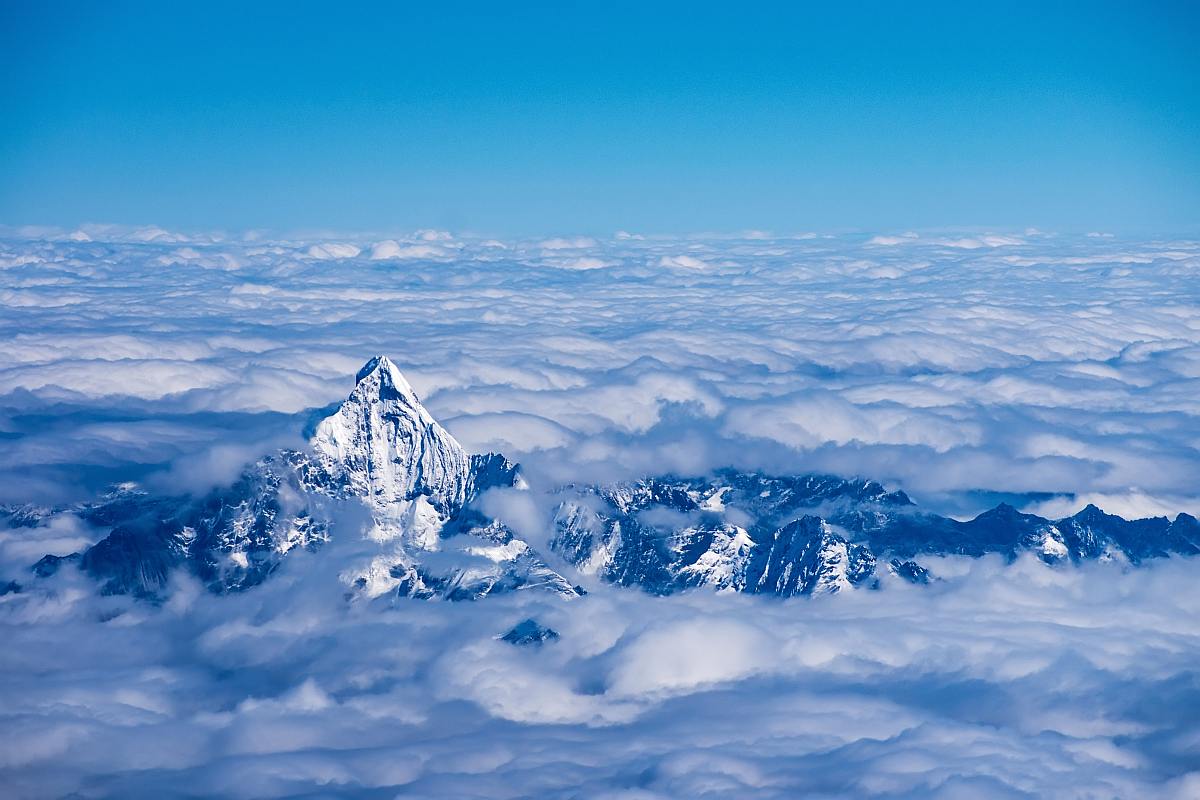Nepal Policy
India’s relationship with Nepal has always been complex, shaped by historical, cultural, and geographical factors.
The validity of these concerns has now been underscored by the record number of deaths in this year’s climbing season, which is underway and has already seen nine climbers lose their lives.

Mount Everest (Photo: iStock)
Concern had been voiced a few weeks ago in these columns about the decision of the government of Nepal to issue a record number of permits to those wanting to climb the world’s highest mountain, Everest. As worrying as the numbers were, as many as 454 permits were issued this year, the criteria used by authorities to grant permits caused greater worry.
For, in their greed to gather the fee charged for grant of climbing permits, Nepalese authorities overlooked essential prerequisites such as assessment of a climber’s stamina at high altitudes, and of significant experience of climbing other and less challenging peaks.
Advertisement
The validity of these concerns has now been underscored by the record number of deaths in this year’s climbing season, which is underway and has already seen nine climbers lose their lives. Two climbers, a Malaysian and a Singaporean, are said to be missing. Among those to have perished is a 59-year-old teacher from Maharashtra who set out to become the first Asian with a pacemaker to climb Everest. Ms. Suzanne Leopoldina Jesus, the teacher, reached 5,800 metres before she needed to be airlifted to hospital where she died.
Advertisement
The Malaysian who is missing is said to be a deaf and mute climber, who was said to have reached the summit but has not been spotted after he reached Camp 4 on his descent. These deaths are bound to rekindle the debate on the criterion to be followed while issuing permits, which at present is the production of a certificate from a doctor testifying to a person’s fitness. The other concern voiced in these columns ~ of the huge amounts of garbage left behind by climbing parties ~ has also led to at least one death, with a Sherpa detailed to clear trash having perished. Others who have died include a 69-year-old American, a 56- year-old Malaysian and a 52-year-old Chinese, besides three Nepalis who lost their lives after a block of glacial ice broke and swept them into a crevasse. While the desire to climb Everest drives many mountaineers, the short season and the greed of authorities to gather permit fees, upwards of $10,000 each, has in recent times resulted in conditions where climbers must rush to use the brief windows that the harsh weather conditions allow for attempting the ascent.
Such haste has resulted in an increasing number of accidents and fatalities, and in human traffic jams on the way to the peak. While the spirit of adventure of those attempting the climb must be lauded, it is incumbent on those in charge to ensure that expeditions are better regulated. There are a few more days to go in this year’s climbing season, and we must hope that it concludes without any more accidents.
Advertisement